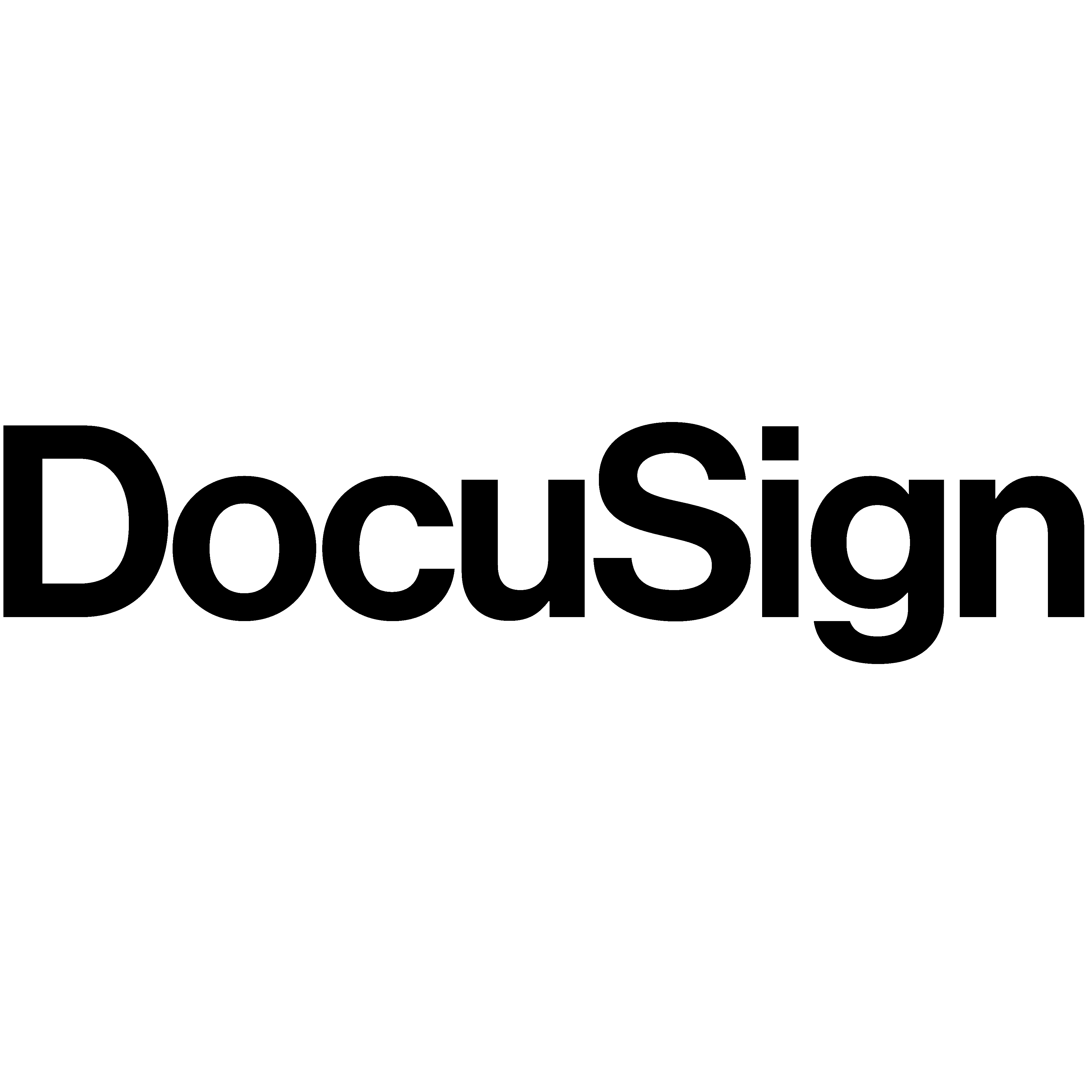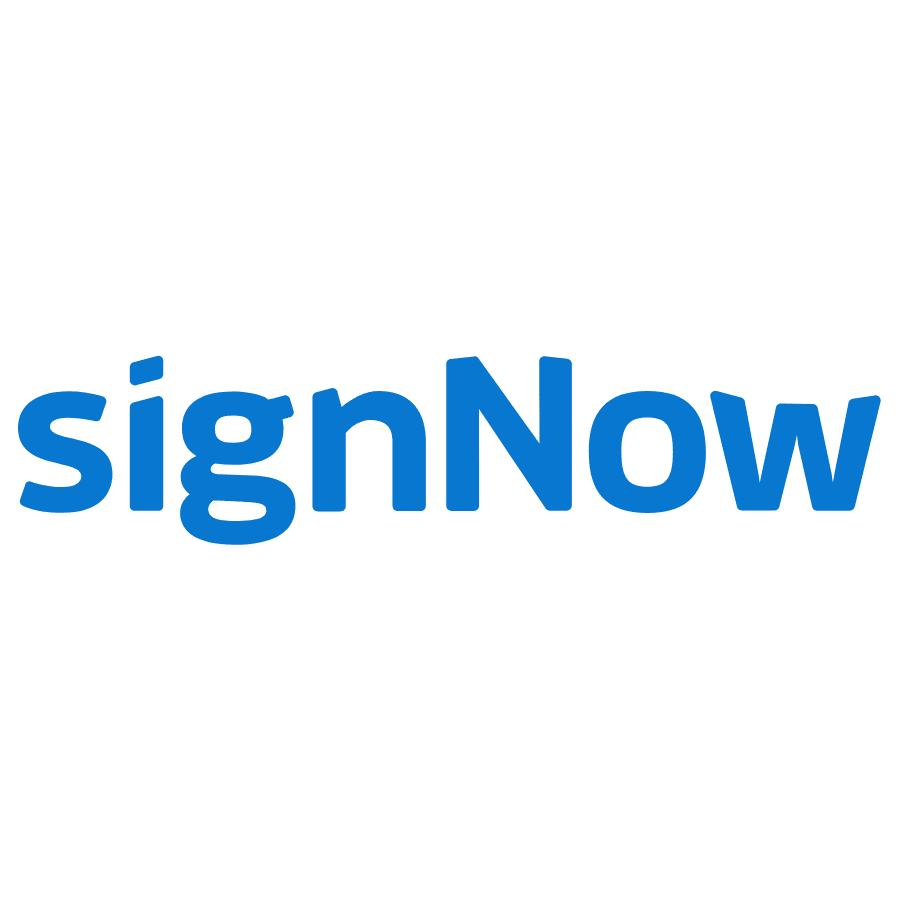
Electronic signatures have tremendously changed how we do business and manage our daily transactions. You no longer have to wait weeks for agreements to be signed and repeatedly watch paperwork pile up on your desk.
As this innovation becomes the new standard, it’s important to know the difference between eSigning and copying and pasting an image of your signature into a PDF document. You can sign any document directly on your computer or smartphone, and the signature will be equally legally binding as if you had used a pen and paper.
What Does Electronic Signature Mean?
Electronic signatures, often known as e-signatures, are digital signatures used to authenticate a message or document. An electronic signature is produced whenever an authorized user signs a document via a verified electronic signature service. Many countries now recognize electronic signatures as legally binding, and they are widely utilized and legally enforceable in nearly every nation.
The US Federal ESIGN Act defines an “electronic signature” as an associated electronic sound, symbol, or procedure. A person executes or adopts it to sign the agreement. Electronic signatures have been utilized in numerous industries and corporate operations to sign purchase requisitions, work contracts, sales contracts, authorization slips, lease contracts, liability waivers, and other vital documents.
Types of Electronic Signatures
Generally, electronic signatures fall into three categories:
1. Simple Electronic Signature
A scanned image of a handwritten signature serves as the foundation of the simplest form of electronic signature, known as a Simple Electronic Signature (SES).
2. Advanced Electronic Signatures
Digital signatures that rely on cryptographic methods to confirm the signer’s identity are known as advanced electronic signatures (AES).
3. Qualified Electronic Signatures
Legally binding digital signatures are called qualified electronic signatures (QES). There are additional layers of protection and authentication built into this signature.
In some cases, a high level of security is unnecessary, and an electronic signature is required. However, a sophisticated or qualified electronic signature is typically required when you sign documents or contracts. Security improves from level 1 to level 3, but at the expense of increased implementation costs.
Reasons To Use Electronic Signatures
As it turns out, electronic signatures can be useful in various situations.
Electronic signatures save time compared to the cumbersome processes of printing, signing, and scanning paper copies.
With an electronic signature, you can sign documents from any location with an internet connection.
For reasons of security, electronic signatures are preferable to physical ones.
Electronic signatures are quick and simple to use once they have been set up.
Electronic signatures are becoming increasingly used to safeguard against forgery or tampering. A signature is null and void if a document is changed after signing it.
How to Utilize an E-signature
Multiple programs support electronic signatures. Adobe Sign, DocuSign, and HelloSign are the most widely used. Electronic signatures require an account with one of these service providers before they may be used on a document.
You may use an invisible signature to sign a document electronically because you don’t need to print the document, sign it by hand, and then scan it back into electronic form. Instead, you can sign the document directly on your computer or mobile device.
What is an Electronically Verified Signature?
The widespread adoption of electronic signatures has prompted numerous concerns. Security concerns are arguably the most important for potential consumers.
Even though many businesses and individuals recognize the advantages of moving away from the old method of signing papers – which entails printing, scanning, hand-signing, and re-scanning – they have security concerns. They are particularly uncertain about the verification process.
Moreover, electronic signature verification is like a digital “fact check.” It proves that the person who digitally signed a document is the same person who signed it. When you use a computer or mobile phone to sign something electronically, the device keeps track of details like the time, date, location, and IP address. In this way, the signee can prove that they made the signature.
How do we ensure the authenticity of electronic signatures?
ESIGN (The Electronic Signature in Global and National Commerce Act), UETA (The Uniform Electronic Transactions Act), and eIDAS (Electronic Identification, Authentication, and trust Services) are only a few of the important pieces of legislation that support the legality of electronic signatures.
Traditional procedures for proving the legitimacy of pen-and-ink signatures strongly resemble the procedure for confirming electronic signatures.
Verification is primarily concerned with showing that the intended signee created an electronic signature by establishing the signature’s date, location and time and confirming that a signed document has not been altered.
As soon as a document is signed, several software solutions, such as PandaDoc, offer additional layers of security by generating a digital certificate from a certificate authority, security checks, and various levels of encryption.
How Does Electronic Signature Verification Work?
Encryption, composed of public and private keys, verifies electronic signatures. Each public and private key is similar to a partnership in that they are both generated simultaneously and linked at their commencement. The private key can decrypt data with its “partner” public key.
1. Identity authentication
In this regard, the signature verification process is like signing into a website using an email address and password. You may verify your identification with the combination of these two data points.
With an esignature, the signee’s identification information is incorporated within the signature itself. When signing and returning an agreement, you should always include the public key and any other information necessary to authenticate your signature and the original and encrypted data.
To confirm that your document has not been altered or signed by an unauthorized party, you can verify the authenticity of a signature by decrypting the file with both keys. If their output corresponds to the original data, it is authentic.
2. Checking for Authenticity
In addition to preventing forgeries, electronic signature verification guarantees that only the original document exists. You can check the authenticity of an eSignature to see if it has been changed or not.
The verification process ensures that only the genuine document has the necessary public key to access the corresponding private key. This makes it simple for the certificate authorities to determine which documents are authentic and which are forgeries.
Are Electronic and Digital Signatures the Same?
No. A digital signature and an electronic one may sound similar, but they serve different purposes.
Digital and electronic signatures increase a document’s credibility and security differently. Electronic signatures (eSignatures) show that you intend to be legally bound by the terms within a document, while digital signatures make it feasible to identify individual papers.
Differences between Digital Signature and Electronic Signature
The primary function of a digital signature, as opposed to an electronic signature, is to seal and identify a digitally signed document so that no one can forge it. In contrast, electronic signatures are employed to ensure that a document’s provisions are recognized as legally binding, so long as the document has an eSignature.
Digital and electronic signatures are often used interchangeably in the contracting process, but there are some important distinctions between the two. Notable differences are the following:
1. Their objective
Different purposes are served by digital and electronic signatures, which is one of the most significant distinctions between the two.
For example, digital signatures work to ensure that the document has not been tampered with, altered, or faked. In contrast, an electronic signature is typically employed to signify that a signer is voluntarily and knowingly entering into a legally binding agreement or contract.
2. Common applications
Digital and electronic signatures are utilized differently because their purposes differ.
Business contracts often include electronic signatures to show that the signing agrees to the requirements. A signatory’s electronic signature shows its intent to form a legally binding connection and fulfill both businesses’ obligations.
However, certifying bodies or trust service providers utilize digital signatures, not business teams closing contracts. These bodies verify digital signatures and documents.
3. How they are created
Digital signatures are not made by persons but by contract parties in Word or PDF. On the other hand, signing or marking contracts creates electronic signatures.
Software and algorithms create digital signatures. Public Key Infrastructure (PKI), a combination of processes, hardware, and software, generates two public and private keys to transfer data securely.
4. Easy creation
Digital signatures require more security than electronic signatures, making them harder to produce.
The user’s identity is verified, and the digital certificate is bound with cryptography when a digital signature is appended to a document. However, independent electronic signatures are rarely validated.
5. Security
The concept behind digital signatures is that they cannot be altered or tampered with, making them more secure as a result. Digital signatures frequently give a complete audit trail that lets parties determine if and when certain changes to a document have been made and when and by whom it has been signed.
Electronic signatures need not necessarily adhere to the same severe requirements as digital signatures, which employ cryptographic encryption methods. Consequently, the security of certain electronic signatures is compromised.
Conclusion
Verification is primarily concerned with showing that the intended signee created an electronic signature by establishing the signature’s date, location, and time and confirming that a document has not been altered. As soon as a document is signed, several software solutions, such as esigning, provide additional layers of protection by generating certificates, security checks, and various levels of encryption.










